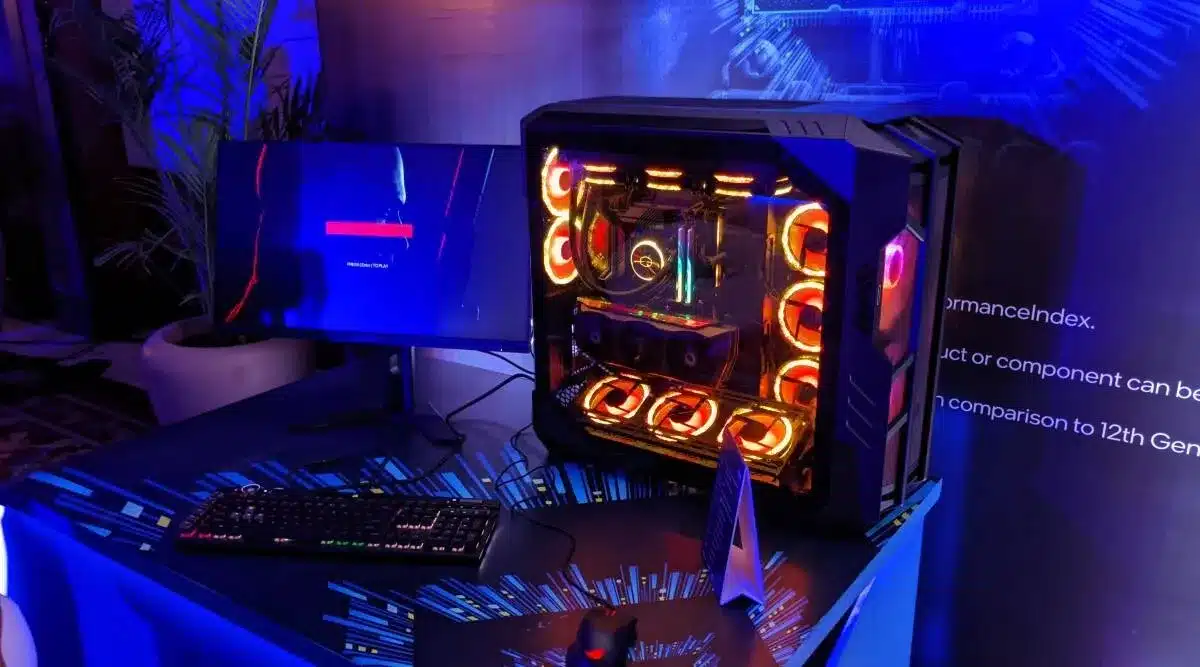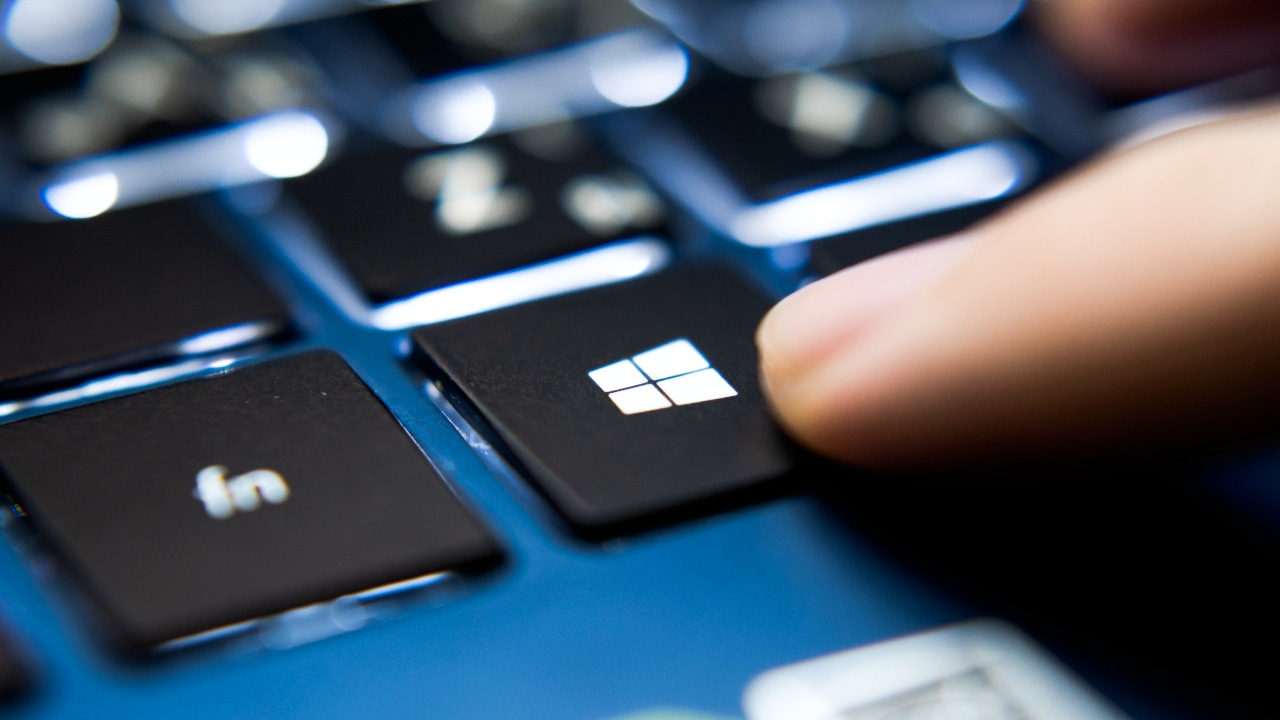Building a budget-friendly custom PC can be a rewarding experience, allowing you to tailor your system to your specific needs without breaking the bank. Here’s a step-by-step guide to help you through the process:
Also read: How to Speed Up Your Computer Boot Time in 5 Easy Steps
-
Define Your Purpose:
Define the purpose of your custom PC by identifying its primary use, whether it’s for gaming, content creation, or office work. Consider your specific tasks and determine the performance requirements needed to meet those demands. For gaming, prioritize a robust GPU and sufficient RAM, while content creation may necessitate a powerful CPU. Office work might require a balance between processing power and multitasking capabilities. Clearly outlining your PC’s purpose guides subsequent component choices, ensuring that you allocate your budget efficiently and build a system tailored to your specific needs and preferences. This initial step sets the foundation for a cost-effective and high-performing custom PC.
-
Set a Budget:
Set a realistic budget for your custom PC build to guide your purchasing decisions. Consider allocating funds strategically to essential components such as the CPU, GPU, RAM, storage, and motherboard. Prioritize spending on components that align with your PC’s intended use, ensuring optimal performance for your specific needs while staying within budget constraints. Researching price-to-performance ratios and seeking cost-effective options can help you maximize value without compromising functionality. A well-defined budget not only streamlines the decision-making process but also ensures that you create a customized PC that meets your requirements without unnecessary expenses.
-
Research Components:
Delve into researching components for your custom PC by exploring current hardware options within your predefined budget. Take the time to read reviews, consult benchmarks, and consider user feedback to make well-informed decisions. Look for components that strike a balance between performance, reliability, and value for money. Pay attention to the specific needs of your PC’s intended use, as certain components may excel in gaming but fall short in content creation or vice versa. Informed research ensures that you select components that not only fit your budget but also provide the best possible performance and user experience for your customized PC build.
-
Choose Compatible Components:
Selecting compatible components is crucial for a smooth custom PC build. Ensure that all chosen parts work seamlessly together by checking compatibility factors. Pay attention to socket types, ensuring that your CPU fits the motherboard socket. Verify RAM compatibility, considering the speed and capacity limitations of your motherboard. Also, be mindful of form factors to ensure all components fit within your chosen case. Consult manufacturer specifications, user manuals, and online resources to confirm compatibility between the CPU, GPU, RAM, motherboard, and other essential components. This meticulous approach minimizes potential issues during assembly and guarantees a cohesive and functional system that meets your performance requirements.
-
Essential Components:
Prioritize the selection of essential components for your custom PC build:
- CPU (Central Processing Unit): Choose a processor that aligns with your performance needs. Evaluate factors like core count, clock speed, and compatibility with your intended tasks.
- GPU (Graphics Processing Unit): Opt for a graphics card based on your usage requirements. Integrated graphics suffice for basic tasks, while dedicated GPUs are essential for gaming or content creation. Balance performance with your budget.
- Motherboard: Select a motherboard that is compatible with your chosen CPU and other components. Consider factors like available expansion slots, ports, and future upgradability to ensure long-term viability.
- RAM (Random Access Memory): Choose an appropriate amount of RAM based on your computing needs. For basic use, 8GB may suffice, while 16GB or more is recommended for gaming or productivity tasks.
- Storage: Incorporate a budget-friendly SSD for the operating system and critical applications to enhance system responsiveness. Additionally, include a larger HDD for cost-effective storage of files and less frequently accessed data. This balanced approach optimizes both speed and capacity, catering to your storage requirements without overspending.
-
Power Supply (PSU):
Selecting a suitable power supply (PSU) is critical for a stable and efficient custom PC build. Ensure the PSU has enough wattage to support all components, factoring in potential upgrades. Calculate your system’s power requirements and opt for a PSU with a slightly higher wattage to provide a safety margin. Prioritize reliability by choosing a PSU from a reputable brand known for quality and durability. Consider certifications like 80 PLUS for efficiency. A dependable power supply safeguards your components, promotes system stability, and contributes to the overall longevity and performance of your custom PC. Reading reviews and seeking expert recommendations can aid in making an informed decision.
-
Case:
Selecting an appropriate case is pivotal for an efficient and aesthetically pleasing custom PC build. Prioritize compatibility by choosing a case that accommodates your selected components, considering factors like motherboard size, GPU length, and cooler dimensions. Opt for a case with robust airflow to dissipate heat effectively, enhancing overall system performance. Verify that the case is equipped with front-panel USB ports and other essential features for convenient accessibility. These ports contribute to the user-friendliness of your setup. Additionally, consider the case’s build quality and design aesthetics to create a visually appealing and well-organized PC build. Reading user reviews can offer insights into the practicality and functionality of the chosen case.
-
Assemble Your PC:
Embarking on the assembly of your custom PC demands meticulous adherence to guidelines for optimal performance. First, reference the motherboard manual for precise instructions on installing the CPU, ensuring correct alignment and secure locking mechanisms. Insert RAM modules into designated slots, applying even pressure until they audibly click into place. Install the motherboard securely in the case using appropriate screws. Next, connect power cables according to the motherboard and power supply instructions, paying attention to proper alignment and secure connections. Organize and secure cables using cable ties for improved airflow and aesthetics. Lastly, mount SSDs and HDDs in designated slots, connecting them to the motherboard with SATA cables. This systematic approach ensures a well-organized, functional, and visually appealing custom PC build.
-
Install Operating System:
Initiating your custom PC’s functionality involves a crucial step: installing the operating system (OS). Start by downloading your preferred OS from the official website. Utilize tools like Rufus or the Windows Media Creation Tool to craft a bootable USB drive. Insert this USB into a designated port on your PC. Power on the system and access the BIOS/UEFI by pressing the assigned key (often Del or F2). Configure the USB drive as the primary boot device, save changes, and exit. The PC will then boot from the USB, enabling you to follow on-screen instructions to install the OS, including selecting language, region, and other preferences. This process ensures a seamless integration of the operating system, bringing your custom PC to operational status.
-
Install Drivers and Updates:
Elevate your custom PC’s performance and security by diligently managing drivers and updates. Begin by visiting the official websites of your motherboard, GPU, and other components, downloading and installing the latest drivers. Prioritize critical components such as chipset, graphics card, and audio drivers to optimize functionality. Regularly check for updates to ensure compatibility and stability. Simultaneously, update your operating system to the latest version, incorporating the most recent patches and improvements. If using Windows, run Windows Update to fetch the latest security updates. Additionally, consider checking for a BIOS/UEFI update on the motherboard manufacturer’s website for enhanced system compatibility and functionality. Regular attention to drivers and updates fortifies your custom PC against potential issues and ensures a seamless computing experience.
-
Test Your PC:
Before fully embracing your custom PC, perform comprehensive testing to guarantee stability and identify any potential issues. Start by booting up your system and carefully scrutinizing for error messages during the startup process. Subsequently, initiate stress tests and benchmarks to assess the system’s stability under varying workloads. Utilize tools like Prime95 for CPU stress testing and FurMark for GPU stress testing. Running benchmark software such as 3DMark or Cinebench provides insights into overall system performance. Address any issues promptly, ensuring your custom PC operates reliably and meets the intended performance standards for your specific use cases.
-
Cable Management:
Elevate the functionality and visual appeal of your custom PC by prioritizing meticulous cable management. Thoughtfully organize cables to enhance both airflow and aesthetics within the case. Route cables strategically, keeping them away from fans and components, and bundle them based on function to minimize clutter. Employ cable ties or Velcro straps to secure cables, preventing tangling and providing a streamlined appearance. Group cables that share common destinations, such as those connected to the same power supply or motherboard headers. Additionally, consider cable lengths, using appropriately sized cables to avoid excess slack and trimming lengths as needed. This dedication to cable management not only promotes efficient cooling through improved airflow but also results in a polished and professional-looking custom PC build.
-
Enjoy Your Custom PC:
Now that your budget-friendly custom PC is assembled and operational, it’s time to relish the fruits of your efforts. Power on your system and revel in the seamless functionality you’ve meticulously crafted. Launch your favorite applications, dive into gaming sessions, or embark on creative endeavors with enhanced performance tailored to your needs. Bask in the satisfaction of a well-executed build, appreciating both the cost-effective choices you made and the personalized configuration that aligns precisely with your requirements. Whether it’s for work, gaming, or content creation, your custom PC stands as a testament to your skills and preferences, providing a platform for limitless possibilities.



